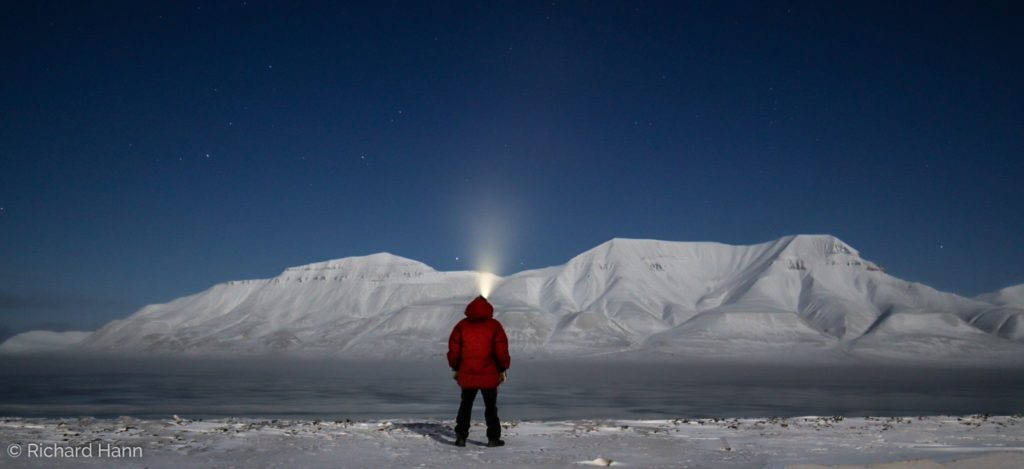
Dr. Richard Hann
I am a researcher at the Norwegian University of Science and Technology (NTNU) on the topic of atmospheric icing on unmanned aerial vehicles (UAVs) and drone application in the Arctic.
In 2013, I graduated from the University of Stuttgart in Germany as an aerospace engineer. After working for almost three years in the petroleum industry as an upstream project engineer, I returned to academia where I finished my PhD in mid-2020 on icing of unmanned aircraft. I was part of the Centre for Autonomous Marine Operations and Systems (AMOS) and the Centre for Integrated Remote Sensing and Forecasting for Arctic Operations (CIRFA). Today, I am continuing the research as the leader of the UAV Icing Lab at NTNU.
I have more than eight years of experience with computational fluid dynamic simulations of ice accretion, icing performance penalties, and ice protection systems on wind turbines and unmanned aircraft. Furthermore, I have hands-on experience in experimental work in wind tunnels, icing wind tunnels, and flight tests.
I am also involved with the start-up company UBIQ Aerospace, developing ice protection systems for UAVs. My main work is related to the design of the heating system and its optimization for energy-efficiency. Today, I am leading the aerodynamics department in UBIQ.
In addition, I am also promoting the application of drone technology in the Arctic with several ongoing projects in the fields of meteorology, glaciology, and atmospheric pollution at the University Centre of Svalbard (UNIS).
A red-thread in my career has been my interest in the Arctic. Ever since I first went to Svalbard back in 2012, I got intrigued by the North and cold climate-related research. I believe that unmanned technologies have great potential at high latitudes and my mission is to develop and promote drone-based applications for science and commercial applications.
My research interests:
- Atmospheric icing on unmanned aircraft
- Computational fluid dynamics (CFD)
- Icing wind tunnel testing
- Atmospheric pollution and distribution processes
- Wind energy
- Glaciology
- Climate change
- Science outreach
- Photography
